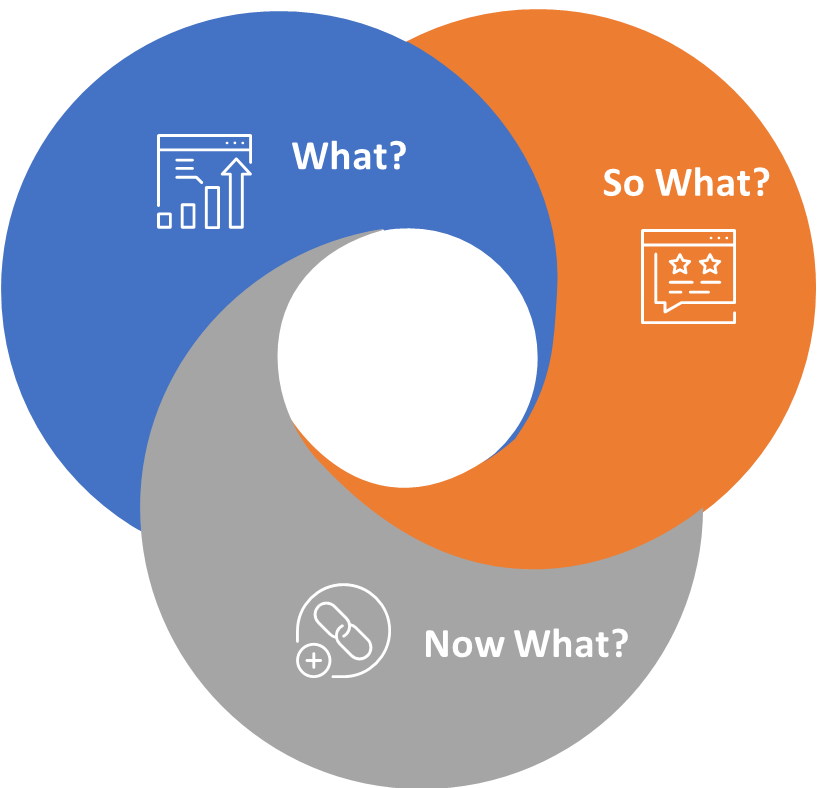8 steps to redesigning your organisation
Restructuring your business now could be the key difference between success and failure in this next phase. Are you asking the right questions and taking steps to future proof your organisation for the medium and long-term?
Whether you operate in a sector that has been positively or negatively impacted by the pandemic, you will have had to change your modus operandum. Due to the speed of such unprecedented events over the last few years, many of us have survived through reactive, pragmatic decision making, however many of our operating models and organisation designs are not optimised to drive our business growth targets.
The 8 key steps to redesigning your organisation include:
1. Ask the right questions?
- What? What is happening? What trends are you experiencing (e.g. clients, revenue, costs, supply chain)? What do you need to stop doing?
- So What? What is the impact of these answers on your organisation? What from your previous design serves you and what do you want to do differently? What strategies, values or decisions have been changed during this period?
- Now What? What are the options for moving forward? What actions are you going to take? What is your business strategy? What timescales will you deliver changes (transitional or transformational).
2. Context – re-establish your strategic and external operating contexts. What are your key business drivers right now? Identify 3-5 key goals and main purpose.
3. Assess – identify and engage with your key stakeholders (co-directors, shareholders, leaders, managers, employees and perhaps your customers). Seek feedback and gain an understanding of current state along with capacity and motivation for change. Determine the role of each key stakeholders.
4. Target Operating Model – determine how you will operate internally and externally along with the agreed design principles, aligned to your business strategy and budget. Determine what you can control. Identify possible constraints e.g. regulations, location impacts and external market influences.
5. Build the right framework with formal (e.g. governance, processes, KPIs, reward strategy) and informal (e.g. values, culture, communication, mind-set) deliverables.
6. Capabilities – ensure you have the right capabilities; people, technology, processes, reward, metrics, structure. Identify and leverage your strengths. This takes time to get right, so don’t rush it.
7. Lines and boxes – ensure your organisation structure is aligned to your business strategy and culture, e.g. linear or matrix. It can help to draw an ideal organisation design, then work out how to get there rather than just evolving what you already have. It is good to be clear about accountabilities, a maximum number of direct reports for each manager (optimum 5 -7 reports) subject to functions, capabilities and seniority.
8. Assess your new design – is your strategy clear? Is your organisation structure aligned to the strategy? Are your processes supporting each other? Is your technology fit for purpose? Do your metrics and rewards support your goals? Will your people be engaged and empowered?

Is your organisation’s redesign a compelling story that is clear and easy to understand, articulating the ‘why’, ‘what’, ‘how’ and ‘when’?
At People Puzzles, we really encourage you to build on your strengths and continue to do what you do well, whilst having the flexibility to adapt to change. Review your organisation design at least every 6 months to continue to be successful, ensuring any new design does not dilute your strengths.
We are offering a free 30-minute consultation so please get in touch with us at [email protected] or call 0203 239 3307 to arrange a suitable time with one of our brilliant HR Directors. Alternatively, find out more about how we can support with this in your business here.
Written by Lois Moore, People Director, People Puzzles.

